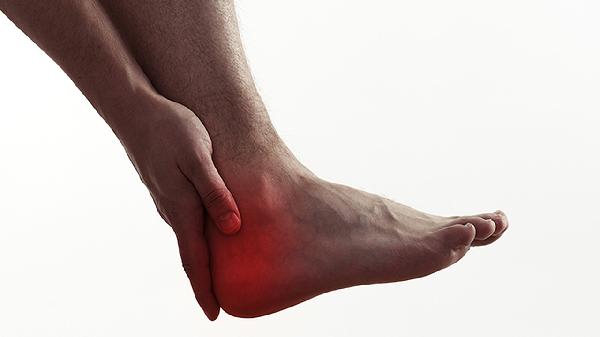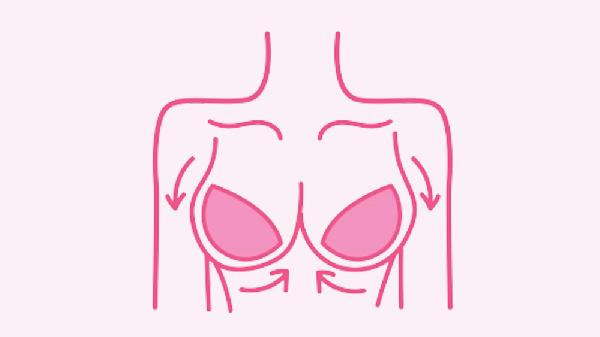People with a slim build have less muscle and fat, and a faster metabolism, which often means they struggle to get enough to eat. For such individuals, building muscle isn't very noticeable, and changing a thin physique requires long-term fitness training and nutritional adjustments. In daily life, it's important to pay attention to dietary structure, avoid picky eating and frequent snacking, and steer clear of staying up late. Establishing a regular sleep schedule is crucial.

1. Health Training:
- Train 2-3 body parts each session, and train 3-4 times every other day, focusing on major muscle groups like the chest, back, abdomen, and legs.
- Perform exercises accurately to feel the "pump" in your muscles. Each week, try to increase the intensity of your training, such as adding more sets or increasing weights.
2. Muscle Recovery:
- Stay consistent with your workouts but avoid fatigue. Aim for 8 hours of sleep each night, and if you feel tired during the day, take appropriate breaks.
- Allow 2-3 days of recovery after training, with smaller muscle groups typically needing 2-3 days and larger muscle groups needing 3 days.
3. Aerobics:
- Slim individuals shouldn't do too much aerobic training. Schedule 1-2 aerobic sessions per week.
- Running can enhance cardiovascular function, and it's recommended as the best choice.
4. Nutrition:
- Creating a good meal plan and precise nutritional supplementation is essential. Divide meals into 5-7 portions, eating every 2.5-3 hours.
- Protein, carbohydrates, minerals, and amino acids are all necessary, but focus mainly on protein and carbohydrates. A non-picky diet generally meets these needs.
- After two months of training, you can increase your intake of muscle-building supplements, which contain all the nutrients needed for muscle growth and are high in carbohydrates, aiding in muscle and weight gain for slim individuals.
5. Lifestyle:
- Maintain a regular lifestyle, stay optimistic, and learn to release stress. The saying "a relaxed mind leads to a healthy body" holds true.
























